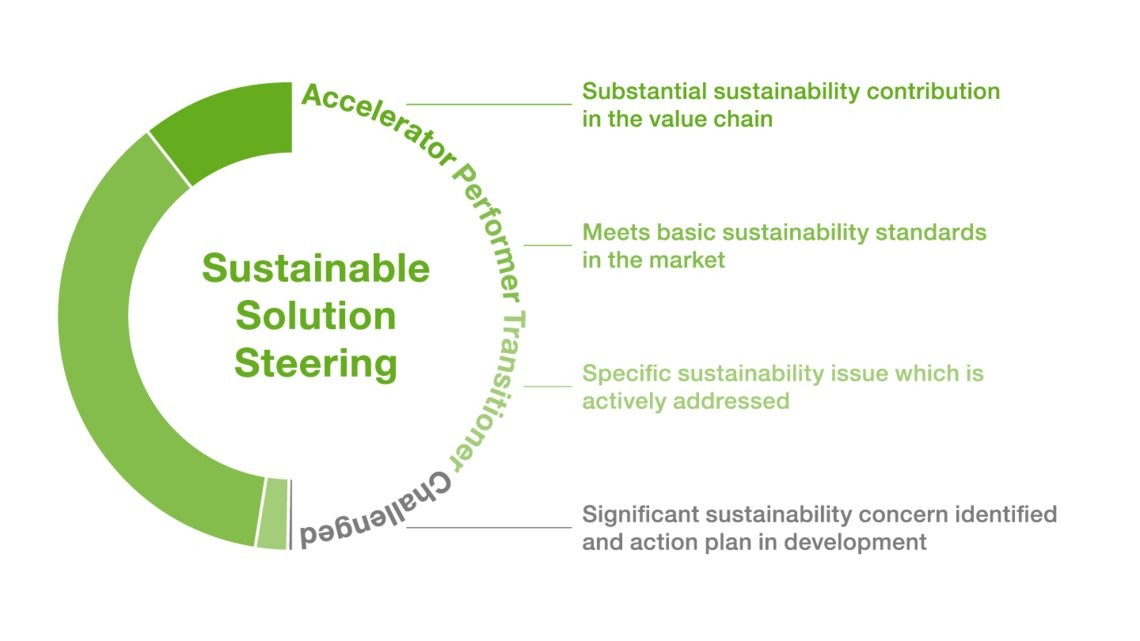Know How To Steer Portfolio To Success
Post on: 12 Июль, 2015 No Comment

Portfolio management always begins with the world’s least glamorous task — preparation.
If you’re not willing to do the spadework to succeed, then you are setting yourself up for failure.
Constructing a portfolio doesn’t begin with buying stocks. It begins much earlier. The spadework involves research, watch lists and a plan for how you will establish a position, how many stocks you will own at the maximum, how you will add to a position and under what circumstances you will sell.
Here are a few things to consider when managing a portfolio:
• Be thorough in your research. Try to figure out what’s behind the numbers.
Are sales growing? If so, are new products or services driving the growth? If not, could new industry conditions or a new market the company is entering explain the growth? Or are sales up because the company is cutting prices? If sales are rocketing, could it reflect a recent acquisition?
Don’t confine your research to data. If you’re looking at a retail stock, visit the store or restaurant. Ask a worker if business is picking up or slowing down. You might be surprised how much you’ll learn.
• Concentrate your portfolio on a handful of quality stocks that you have thoroughly researched.
If you diversify your portfolio among dozens of companies, you probably will end up lowering your standards. Why?
Two reasons: There aren’t dozens of issues that meet the standards of institutional-quality stocks, and over-diversification creates a false notion that you can better withstand a market sell-off.
If you own too many stocks, you also won’t be able to keep up with the stocks’ stories. If you can’t keep up, you’re flying blind.
Four or five stocks for a portfolio of $200,000 or less is manageable. You might go up to eight stocks for $1 million-and-up portfolios.
• Establish your positions gradually.
First, take a half position. If the stock rises 2% or 3%, add 30% to 35% more to your position. If it rises another 2% or so, complete the position. If the stock falls after the initial buy, do not buy more. You might even sell.
This lets the stock and the market guide your level of exposure. If your plan is to divide your $100,000 portfolio equally among four stocks, then a stock that fails after your half-position entry cannot seriously damage your portfolio. Cutting your half position ($12,500) when it dives 8% means your overall portfolio has suffered a $1,000, or 1%, loss.














